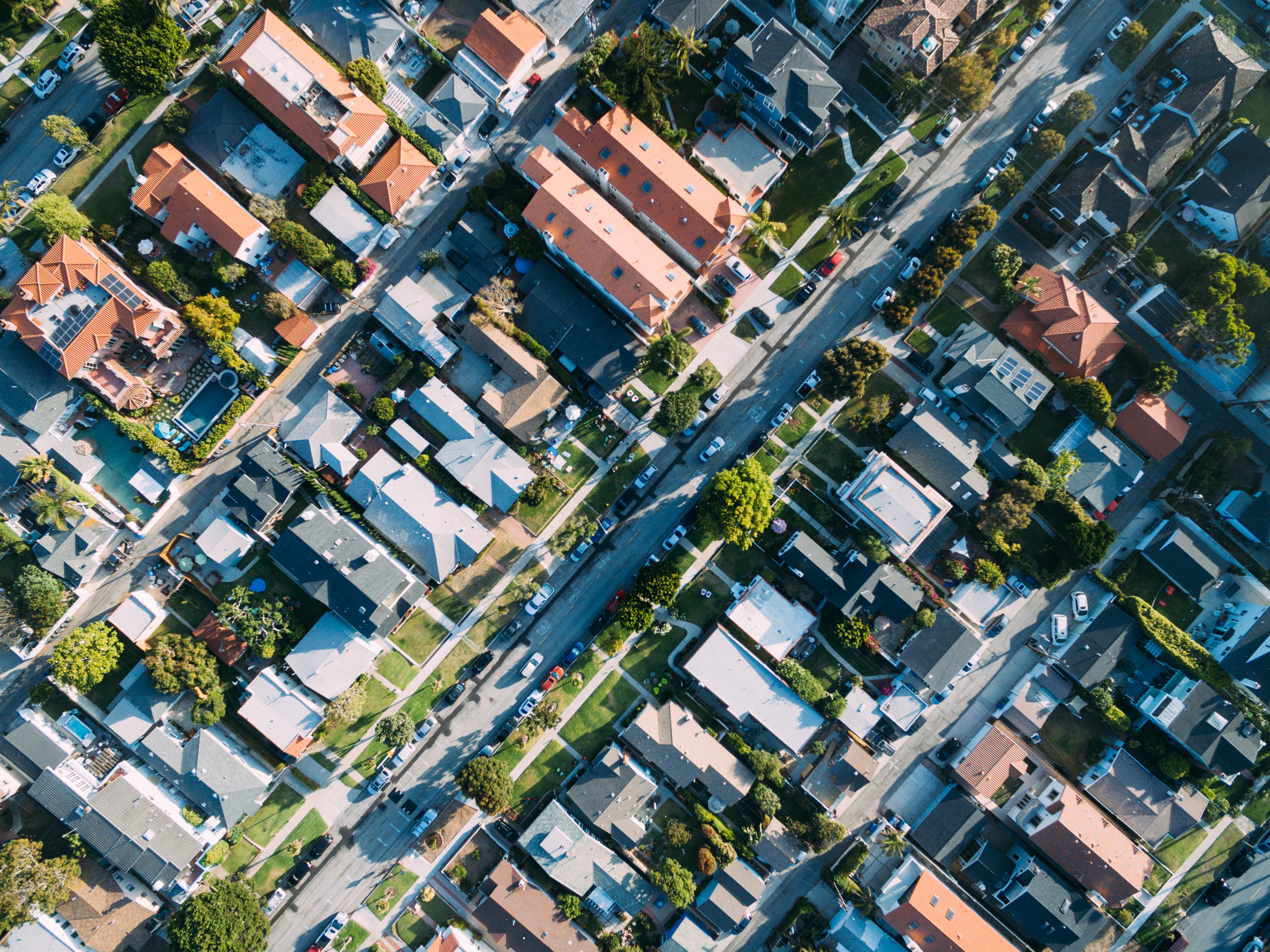与国际市场相比,新西兰的房价增长率有所下降。
奈特弗兰克全球房价指数显示,在截至2022年6月的12个月中,56个国家的平均房价上涨了10%。
但是,在新西兰,价格仅上涨了5.5%。经通货膨胀调整后,它们下降了1.7%。
这使新西兰在价格增长排名中排名第41位,低于去年同期的第二位。
土耳其的增幅最大,为161%,但奈特·弗兰克研究员凯特·埃弗里特-艾伦表示,这不容忽视,因为该国的通货膨胀率处于24年来的最高水平。斯洛伐克和捷克共和国获得第二和第三名,分别增长了25.5%和23.5%。此外,前十名中有美国和加拿大。
埃弗里特-艾伦说,尽管全球形势相对具有弹性,但有迹象表明亚太地区 “领先于经济放缓曲线”。
在三月至六月价格下跌的七个市场中,有六个在亚太地区。它们是香港、韩国、中国、马来西亚、澳大利亚和新西兰。
埃弗里特-艾伦说:“自2021年10月以来,新的负责任贷款法和七次加息改变了买家的情绪,从害怕错过贷款转变为害怕多付。”
近年来,新西兰不断上涨的价格引起了国际关注,但现在的注意力集中在低迷上。
总部位于美国的分析公司CoreLogic最近将新西兰市场标记为 “煤矿中的金丝雀”,并表示其澳大利亚同行正在关注新西兰市场,看看自己的市场会发生什么。




























































